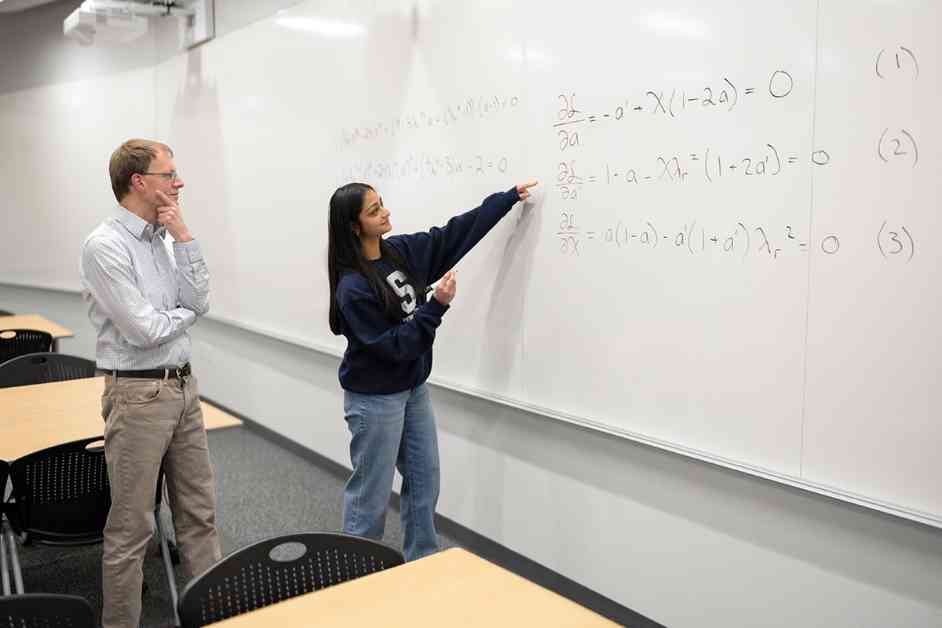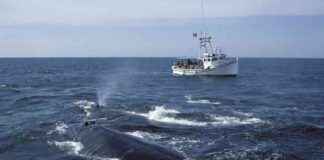So, like, at Penn State, this engineering grad student named Divya Tyagi, decided to tackle this super old math problem that’s been around for a century. She showed her work to her adviser, Sven Schmitz, who’s a faculty member in the College of Engineering.
Basically, Divya revamped this ancient equation to make wind turbines work better. She took this really old equation created by some aerodynamicist named Hermann Glauert, and tweaked it to make it more useful for modeling wind turbine efficiency. The original equation by Glauert was used to figure out the maximum power coefficient for optimal rotating actuator disk performance. But it wasn’t perfect and didn’t consider all the factors affecting wind turbine efficiency.
After diving deep into Glauert’s equation, Divya was able to refine it into something more user-friendly that actually applied better to wind turbine efficiency. Her research got published in the journal Wind Energy Science.
“I created an addendum to Glauert’s problem which determines the optimal aerodynamic performance of a wind turbine by solving for the ideal flow conditions for a turbine in order to maximize its power output,” Divya said.
According to the study, Divya made the formula better by taking into account more forces that impact efficiency, like downwind thrust and bending moments, as coefficients.
“If you have your arms spread out and someone presses on your palm, you have to resist that movement,” explained Sven Schmitz, who’s also a co-author of the paper and Divya’s advisor. “We call that the downwind thrust force and the root bending moment, and wind turbines must withstand that, too. You need to understand how large the total load is, which Glauert did not do.”
By adding these extra coefficients, the new formula can provide a better understanding of all the factors affecting the turbine rotor.
“Improving the power coefficient of a large wind turbine by just 1% has significant impacts on the energy production of a turbine, and that translates towards the other coefficients that we derived relations for,” Divya explained. “A 1% improvement in power coefficient could notably increase a turbine’s energy output, potentially powering an entire neighborhood.”
Because Divya’s research offered a simple revision to the original formula, engineers can easily use the equation in the field to enhance wind turbine efficiency. This updated equation could lead to higher wind production with lower costs.
“The real impact will be on the next generation of wind turbines using the new knowledge that has been unveiled,” Schmitz said. “As for Divya’s elegant solution, I think it will find its way into the classrooms, across the country and around the world.”
So, that’s the deal with Divya and her groundbreaking work on wind turbine efficiency. Pretty cool stuff, right? Make sure to subscribe for more updates and exclusive content in our daily newsletter! And remember, sustainability is key. Peace out, folks!














